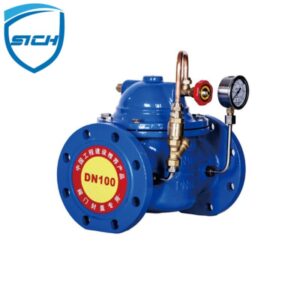Check valves are mechanical devices that allow fluids or gases to flow in one direction only. They are often used to prevent backflow, which is the unwanted flow of fluid or gas in the opposite direction of intended flow. Check valves come in a variety of designs, including ball check valves, swing check valves, lift check valves, and diaphragm check valves.
Here are some common applications and variations of check valves:
Plumbing: Check valves are often used in plumbing systems to prevent backflow of water or sewage into the main water supply or sewer system.
Oil and gas: Check valves are commonly used in oil and gas pipelines to prevent the backflow of oil or gas that could cause damage to the equipment.
HVAC: Check valves are used in HVAC systems to prevent the backflow of air, which could cause the system to operate inefficiently.
Pumps: Check valves are often used in pump systems to prevent water from flowing back through the pump when it is turned off.
Medical devices: Check valves are used in medical devices such as respiratory equipment and blood transfusion systems to ensure the proper flow of fluids.
Some variations of check valves include:
Spring-loaded check valves: These valves use a spring to hold the valve closed, and the pressure of the fluid or gas flowing in the intended direction opens the valve.
Pilot-operated check valves: These valves use a pilot valve to control the opening and closing of the main check valve, allowing for more precise control of flow.
Duckbill check valves: These valves have a flexible rubber diaphragm that allows fluid to flow in one direction but prevents it from flowing back in the opposite direction.
In-line check valves: These valves are designed to be installed in a pipeline, and they use a ball or disc to prevent backflow.
Swing check valves: These valves have a hinged disc that swings open when fluid is flowing in the correct direction, and then swings closed to prevent backflow when the fluid flow reverses.
